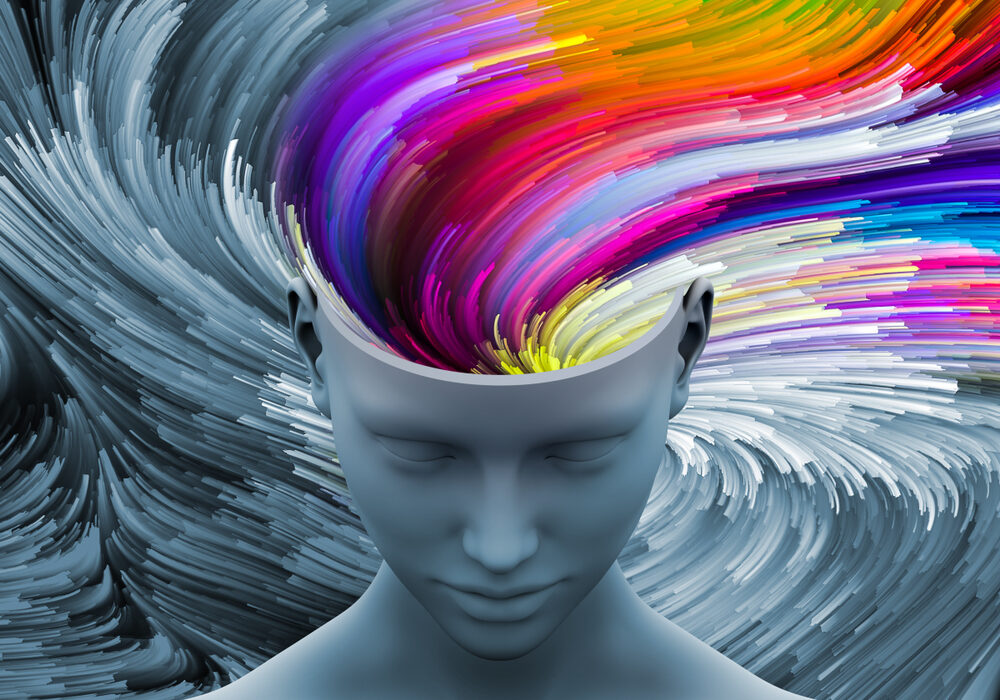Have you ever wondered how our brains distinguish between what is real and what is imagined? It turns out that there are overlapping brain regions involved in both processes. This discovery has significant implications for understanding conditions like Parkinson’s disease that can cause hallucinations.
Nadine Dijkstra, a researcher at University College London, led a study involving 26 participants to investigate the mechanisms behind distinguishing reality from imagination. The participants were asked to engage in a visual task while their brain activity was monitored through MRI scans. They viewed grey blocks on a screen and were instructed to imagine diagonal lines on the blocks, some of which actually had the lines.
Through analyzing the brain recordings, the researchers pinpointed the fusiform gyrus as a key area that becomes more active when individuals vividly experience visual imagery, regardless of whether it is real or imagined. According to Dijkstra,
“this area activates during perception and imagination and tracks how vividly you experience visual imagery.”
Interestingly, an increase in activity in the fusiform gyrus beyond a certain threshold triggered heightened activity in another region called the anterior insula. This interaction played a crucial role in people making judgments about whether something was real or imaginary. Dijkstra explains this phenomenon by stating,
“perhaps it’s getting signals and giving signals back—and it’s making a more binary decision: real or not real.”
While these findings shed light on the intricate process of differentiating reality from imagination, experts believe there may be additional brain regions involved in this cognitive function. Further research into this pathway could enhance our comprehension of treating conditions characterized by visual hallucinations such as schizophrenia and Parkinson’s disease.
Adam Zeman from the University of Exeter points out that understanding subtle shifts in sensory experiences versus full-fledged hallucinations presents a challenge. He emphasizes that bridging this gap is essential for advancing treatment approaches for individuals struggling with hallucinations.
Looking ahead, Dijkstra’s team aims to delve deeper into how this brain pathway operates among individuals with Parkinson’s disease—a population often plagued by hallucinations due to underlying neurological changes. By unraveling these neural pathways further, researchers hope to uncover insights that could revolutionize therapeutic interventions for those experiencing visual distortions.
In conclusion, our ability to discern between reality and imagination hinges on intricate neural processes within specific brain regions like the fusiform gyrus and anterior insula. As scientists continue unraveling these complexities, they inch closer toward developing targeted treatments for individuals grappling with hallucinations across various health conditions.

